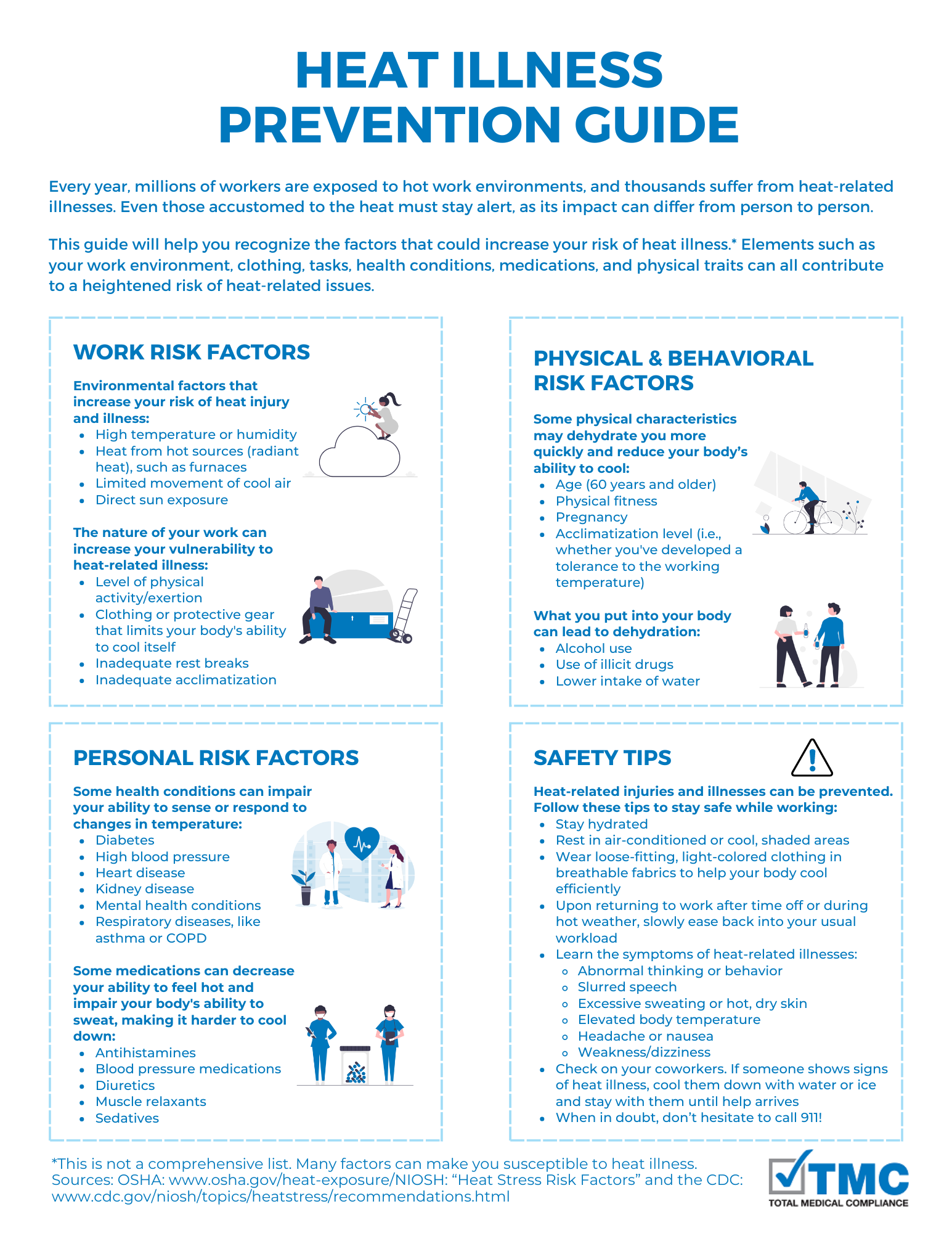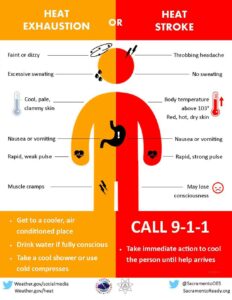Heat-related illnesses are a serious hazard for workers exposed to high temperatures. The Occupational Safety and Health Administration (OSHA) has developed a heat illness prevention program template to help employers protect their workers from heat-related illnesses.
The OSHA heat illness prevention program template includes guidelines for developing and implementing a heat illness prevention plan, training workers on heat-related illnesses and their prevention, and providing access to cool water and rest breaks. Employers can use this template to create a customized heat illness prevention program that meets the specific needs of their workplace.

Program Components
The OSHA heat illness prevention program template includes the following components:
- A heat illness prevention plan that outlines the employer’s policies and procedures for preventing heat-related illnesses.
- Training for workers on heat-related illnesses, their symptoms, and how to prevent them.
- Access to cool water and rest breaks.
Employers can use the OSHA heat illness prevention program template to create a customized heat illness prevention program that meets the specific needs of their workplace. The template includes guidelines for developing each component of the program, as well as sample forms and checklists.
Heat Stress Monitoring
One of the most important aspects of a heat illness prevention program is heat stress monitoring. Heat stress monitoring involves measuring the temperature and humidity of the workplace and using this information to determine the risk of heat-related illnesses.
There are a number of different ways to measure heat stress, including the use of a wet bulb globe temperature (WBGT) meter or a heat stress monitor. Employers should select a heat stress monitoring method that is appropriate for their workplace and the activities performed by their workers.
Once heat stress has been measured, employers can use the information to develop and implement control measures to reduce the risk of heat-related illnesses. These control measures may include:
- Providing workers with cool water and rest breaks.
- Increasing air flow in the workplace.
- Reducing the workload of workers.
- Rescheduling work to cooler times of the day.
By implementing a heat illness prevention program, employers can help to protect their workers from heat-related illnesses.
Conclusion
Heat-related illnesses are a serious hazard for workers exposed to high temperatures. Employers can help to protect their workers from heat-related illnesses by developing and implementing a heat illness prevention program. The OSHA heat illness prevention program template provides employers with a framework for developing and implementing a heat illness prevention program that meets the specific needs of their workplace.
By following the guidelines in the OSHA heat illness prevention program template, employers can help to ensure that their workers are protected from heat-related illnesses.

